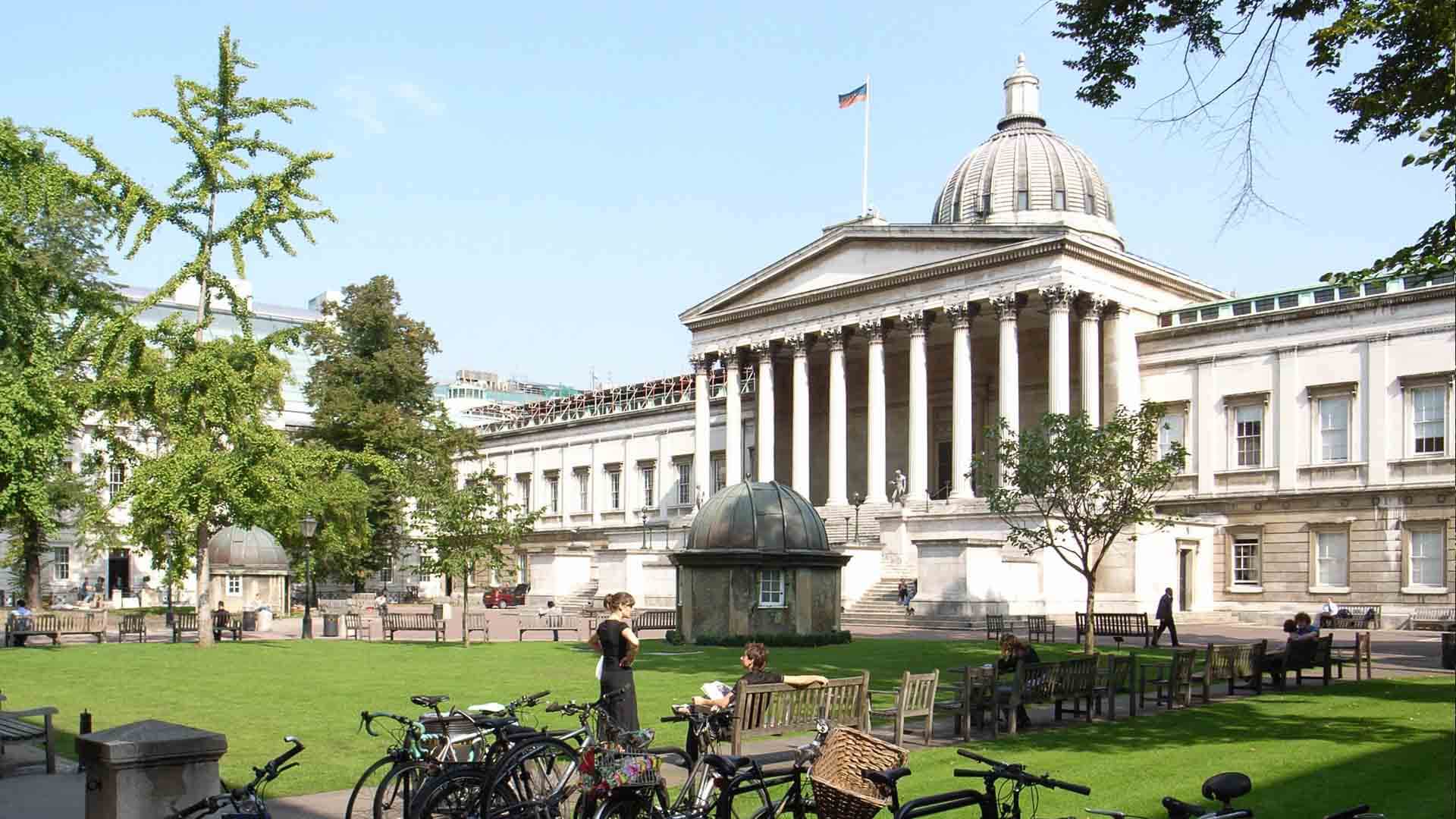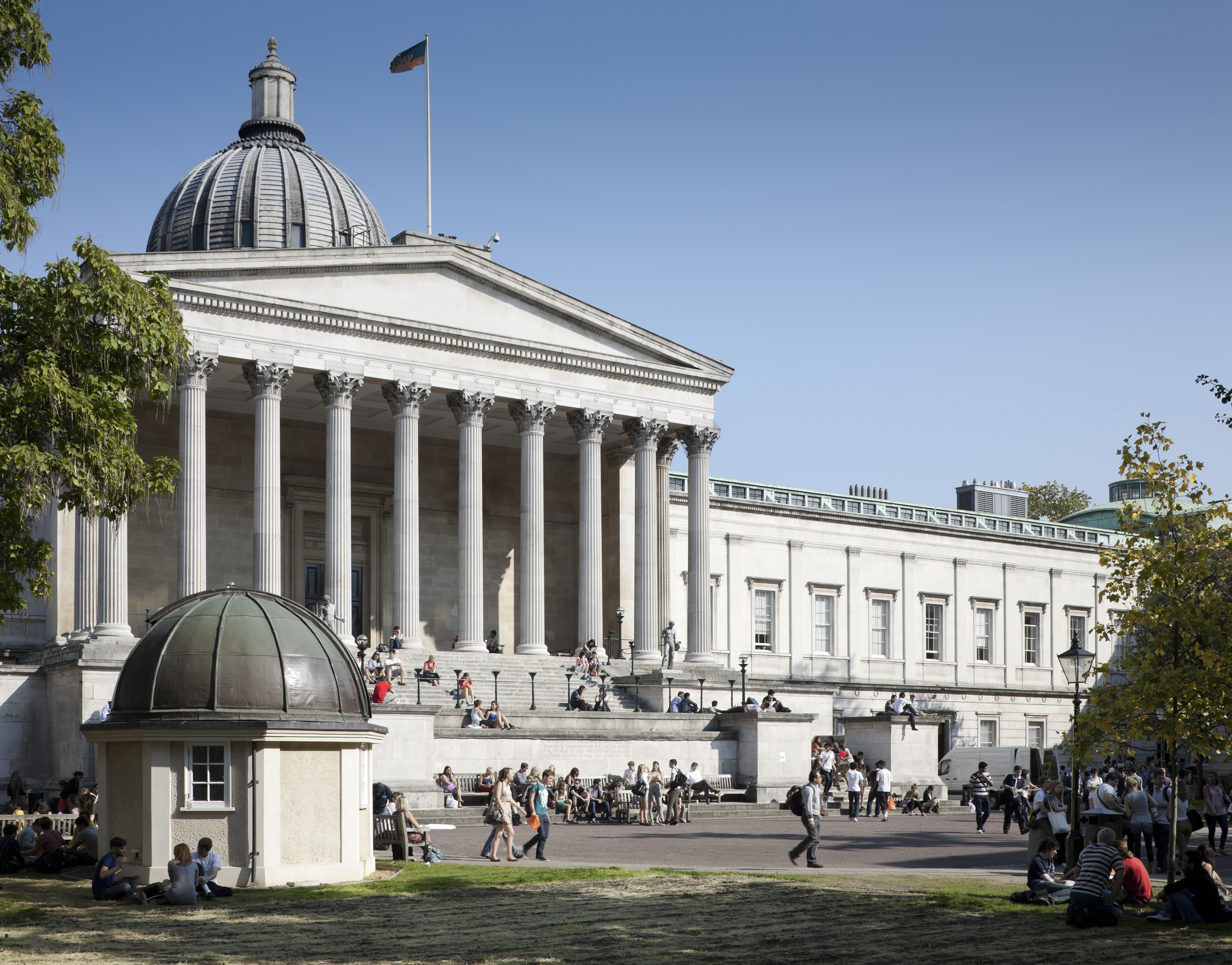
The Eternal Symphony of Glory: A Historical Guide to the UEFA Champions League
The UEFA Champions League, often simply referred to as the Champions League, is not merely a football tournament; it is the pinnacle of European club football, a crucible where legends are forged, dreams are realized, and history is written in the roar of the crowd. From its humble beginnings as the European Champion Clubs’ Cup to its current status as a global sporting spectacle, the UCL has captivated billions, delivering unparalleled drama, breathtaking skill, and unforgettable moments. This guide delves into the rich tapestry of its history, exploring the facts, figures, and narratives that define football’s most coveted club prize.
From Humble Beginnings: The European Cup Era (1955-1992)
The genesis of what would become the Champions League can be traced back to the mid-1950s. Following a declaration by the British press in 1954 that Wolverhampton Wanderers were "champions of the world" after a series of successful friendly matches against European clubs, Gabriel Hanot, a French sports journalist for L’Équipe, proposed the creation of a pan-European club competition to determine the true continental champion. UEFA embraced the idea, and the European Champion Clubs’ Cup – or simply the European Cup – was born in the 1955-56 season.
The inaugural tournament featured 16 teams, primarily national league champions. The format was a straightforward knockout competition, home and away, culminating in a single-leg final. The very first final, held at the Parc des Princes in Paris, saw Real Madrid defeat Stade de Reims 4-3 in a thrilling encounter. This victory marked the beginning of an unprecedented era of dominance.
Real Madrid’s Early Dynasties (1956-1960): The Unassailable Reign
No club has ever matched Real Madrid’s initial stranglehold on the competition. Led by the iconic Alfredo Di Stéfano, Ferenc Puskás, and Paco Gento, Los Blancos won the first five editions of the European Cup consecutively. This unparalleled achievement set a standard of excellence that would define the tournament for decades. Their attacking prowess and star power established the competition’s early reputation for glamour and high-quality football. Paco Gento, a winger with blistering pace, remains the only player in history to have won the trophy six times, his sixth coming in 1966.
The 1960 final, a stunning 7-3 victory over Eintracht Frankfurt at Hampden Park, Glasgow, is often cited as one of the greatest football matches ever played, showcasing the peak of Madrid’s attacking brilliance with four goals from Puskás and a hat-trick from Di Stéfano.
Diverse Champions Emerge:
While Real Madrid dominated the early years, the 1960s and 70s saw a more diverse array of champions.
- Benfica (1961, 1962) under coach Béla Guttmann, featuring the legendary Eusébio, broke Madrid’s streak.
- Inter Milan (1964, 1965) brought Italian catenaccio to prominence under Helenio Herrera, known for their defensive solidity and lethal counter-attacks.
- Celtic (1967) made history as the first British club to win the trophy, with their "Lisbon Lions" squad composed entirely of players born within a 30-mile radius of Glasgow. Their attacking, free-flowing style was a stark contrast to the prevailing defensive trends.
- Manchester United (1968), led by the ‘Holy Trinity’ of George Best, Denis Law, and Bobby Charlton, became the second English club to lift the trophy, a poignant victory ten years after the Munich air disaster.
- The early 1970s belonged to the Dutch and German masters: Ajax (1971, 1972, 1973) revolutionized football with "Total Football" under Johan Cruyff, followed by Bayern Munich (1974, 1975, 1976) led by Franz Beckenbauer and Gerd Müller, securing their own hat-trick of titles.
- Liverpool (1977, 1978, 1981, 1984) established themselves as a dominant force in the late 70s and early 80s, winning four titles in eight years, showcasing English football’s power during that era.
The European Cup era was characterized by its knockout format, leading to dramatic two-legged ties and often unpredictable outcomes. It was a competition steeped in tradition, often played in dimly lit stadiums with passionate, local support.
The Rebranding: Birth of the UEFA Champions League (1992-Present)
The early 1990s brought significant changes to European football, driven by commercial interests and the desire to maximize revenue. In 1992, the European Cup underwent a radical transformation, rebranding itself as the UEFA Champions League. This change was more than just cosmetic; it introduced a revolutionary new format.
The Group Stage Revolution:
The most significant innovation was the introduction of a group stage, initially featuring eight teams divided into two groups, followed by knockout rounds. This guaranteed more matches, more revenue, and more opportunities for top clubs to compete against each other. Over the years, the group stage expanded to 32 teams, making the path to the final even more arduous and exciting. The iconic Champions League Anthem, a majestic orchestral piece, and the starball logo were also introduced, becoming synonymous with the competition’s grandeur.
New Dynasties and Tactical Evolutions:
The Champions League era ushered in new periods of dominance and tactical innovation.
- AC Milan (1989, 1990, 1994, 2003, 2007): Under Arrigo Sacchi and later Fabio Capello, Milan redefined modern football with their high defensive line, zonal marking, and relentless pressing, spearheaded by the Dutch trio of Ruud Gullit, Frank Rijkaard, and Marco van Basten. Their 4-0 demolition of Barcelona in the 1994 final remains a masterclass.
- Ajax’s 1995 Triumph: Louis van Gaal’s young, dynamic Ajax team, featuring future stars like Clarence Seedorf, Edgar Davids, Patrick Kluivert, and Edwin van der Sar, captured the imagination of Europe with their fluid, attacking football.
- Manchester United’s Treble (1999): Sir Alex Ferguson’s United achieved the unprecedented treble of Premier League, FA Cup, and Champions League, capped by their dramatic stoppage-time comeback against Bayern Munich in the final, with goals from Teddy Sheringham and Ole Gunnar Solskjær.
- Real Madrid’s Galácticos Era (1998, 2000, 2002): The turn of the millennium saw Real Madrid embrace a "Galácticos" philosophy, signing the world’s best players. Their 2002 victory, featuring Zinedine Zidane’s iconic volley against Bayer Leverkusen, is etched in memory.
- The Istanbul Miracle (2005): One of the most legendary finals saw Liverpool come back from 3-0 down at half-time against AC Milan to win on penalties, a testament to resilience and the unpredictable nature of the competition.
- Barcelona’s Tiki-Taka Dominance (2006, 2009, 2011, 2015): Under Pep Guardiola, Barcelona revolutionized football with their "tiki-taka" style – possession-based, intricate passing, and relentless pressing. Led by Lionel Messi, Xavi, and Andrés Iniesta, they became arguably the greatest club side of all time, winning two trebles.
- Bayern Munich’s Resurgence (2013, 2020): After a period of near-misses, Bayern reclaimed their place at the summit, securing trebles in both their victorious seasons, showcasing their tactical adaptability and German efficiency.
- Real Madrid’s Modern Dynasty (2014, 2016, 2017, 2018): Perhaps the most astonishing feat in the Champions League era, Real Madrid, under Zinedine Zidane, achieved an unprecedented three consecutive titles (and four in five years) between 2016 and 2018. Led by Cristiano Ronaldo, Sergio Ramos, Luka Modrić, and Toni Kroos, they cemented their status as the kings of Europe once again, proving that the trophy’s spiritual home remains in Madrid.
- Liverpool and Klopp (2019): Jürgen Klopp’s high-octane "Gegenpressing" style brought Liverpool back to the top, culminating in their sixth European crown.
- Manchester City’s Breakthrough (2023): After years of chasing, Pep Guardiola finally delivered the elusive Champions League title to Manchester City, completing their own historic treble.
Legendary Figures: Players and Managers
The Champions League has been graced by an unparalleled array of talent.
- Players: Beyond Di Stéfano, Puskás, and Gento, names like Johan Cruyff, Franz Beckenbauer, Eusébio, Gerd Müller, Paolo Maldini, Alessandro Del Piero, Raúl, Kaká, Ronaldinho, Iker Casillas, Gianluigi Buffon, Sergio Ramos, Luka Modrić, and many more have left indelible marks. However, the modern era has been largely defined by the extraordinary rivalry and statistical dominance of Cristiano Ronaldo and Lionel Messi. Ronaldo holds the record for most Champions League goals, while Messi holds numerous scoring and assist records, with both having won multiple titles and rewriting the competition’s scoring history.
- Managers: Visionaries like Helenio Herrera, Bob Paisley, Arrigo Sacchi, Sir Alex Ferguson, José Mourinho, Pep Guardiola, Carlo Ancelotti (the only manager to win the UCL four times), and Zinedine Zidane have masterminded their teams to glory, demonstrating tactical acumen and leadership under immense pressure.
Statistical Prowess: Records and Milestones
The history of the Champions League is replete with staggering statistics:
- Most Titles (Club): Real Madrid (15)
- Most Titles (Player): Paco Gento (6), followed by Dani Carvajal, Luka Modrić, Nacho, and Toni Kroos (6 each). Cristiano Ronaldo (5), Paolo Maldini (5).
- Most Goals (Player): Cristiano Ronaldo (140+ goals)
- Most Appearances (Player): Cristiano Ronaldo (183), Iker Casillas (177), Lionel Messi (163)
- Fastest Goal: Roy Makaay (10.12 seconds for Bayern Munich vs Real Madrid, 2007)
- Most Goals in a Single Season: Cristiano Ronaldo (17 goals in 2013-14)
- Only Treble Winners: Manchester United (1999), Barcelona (2009, 2015), Inter Milan (2010), Bayern Munich (2013, 2020), Manchester City (2023)
The Enduring Magic and Future
The allure of the Champions League lies in its consistent ability to deliver drama, narrative, and moments of sheer brilliance. From the electrifying atmosphere of a packed stadium under floodlights to the iconic pre-match anthem, every aspect contributes to its mystique. It’s a competition where underdogs can sometimes defy giants, where comebacks defy belief, and where the world’s best players test their mettle against each other in the ultimate arena.
As football evolves, so too does the Champions League. With changes to the format (like the upcoming ‘Swiss model’ from 2024-25), increased global reach, and ever-growing financial stakes, the competition continues to adapt. Yet, its core essence remains unchanged: it is the stage where Europe’s elite clubs battle for supremacy, striving for the glory of lifting that iconic silver trophy.
In conclusion, the UEFA Champions League is more than just a tournament; it is a living history book of European football. It represents the pinnacle of achievement, the relentless pursuit of excellence, and the enduring passion that unites fans across continents. Its legacy is etched in the annals of sporting history, a testament to the beautiful game’s power to inspire, unite, and thrill. The symphony of glory continues, promising more chapters of unforgettable drama and legendary feats for generations to come.

/sky247-nigeria/media/media_files/2025/03/11/LEEZToHF1osP3GLFQO4A.webp)
